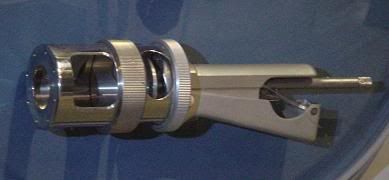
1538. A wooden case for a sword:
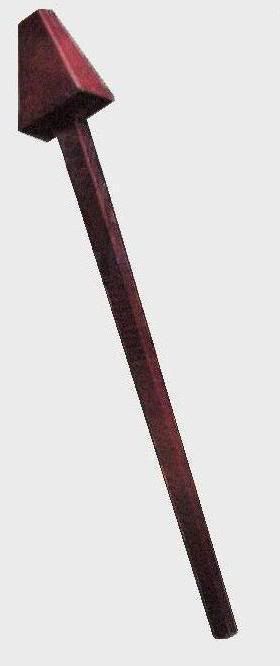
1539. A barometric probe on the tip of a North American X-10:
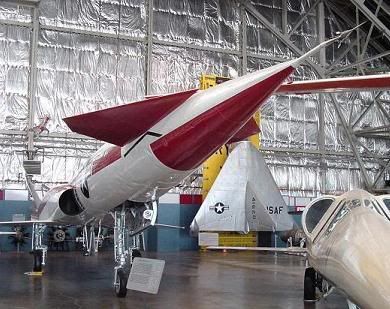
Larger image
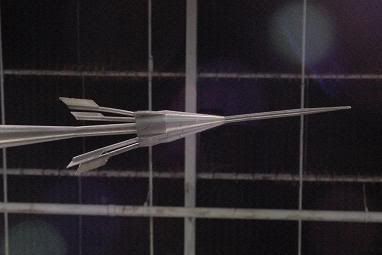
Larger image
I shot these photos in the research hanger at the Wright Patterson Air Force Museum, in Dayton, Ohio, below are a few more from the same hanger.
This one is the Ryan X-13 Vertijet, as more powerful jet engines became available in the 1950s, the US Air Force became interested in developing a vertical takeoff and landing (VTOL) fighter that could operate without a conventional runway. Ryan designed the X-13 to test the idea of vertical takeoff, transition to horizontal flight, and return to veritcal flight for landing by a jet air aircraft.
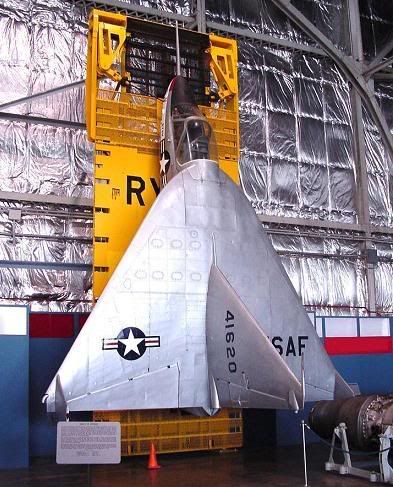
Larger image
Although the VTOL method employed by the X-13 proved too complex to be practical, the VTOL concept found success in the Harrier and other aircraft.
Boeing X-36:

Larger image
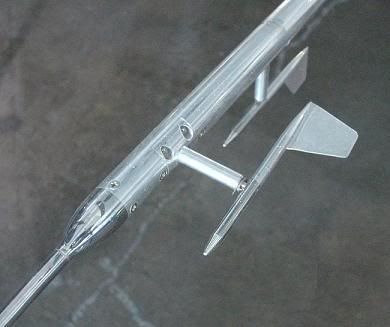
Larger image
1540. A North American Indian bead loom:
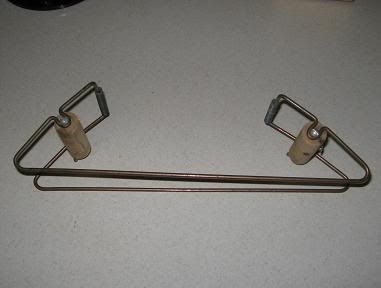
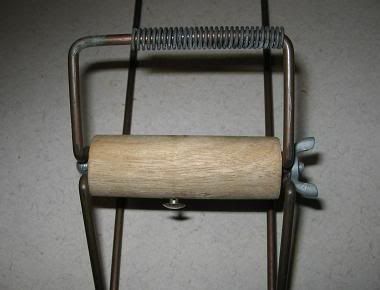
1541. An aircraft starter truck, as engines gained in power and size, the difficulty and danger involved in starting an engine by "swinging the prop" increased dramatically. The starter consisted of a claw or similar adapter that was fitted to the propeller. A drive shaft, which could be adjusted both vertically and horizontally, was mounted on a truck chassis, and was driven by means of a chain or gear from the truck. A spring-loaded clutch that engaged the claw or prop boss was mounted on the end drive shaft. Once the engine started and the prop's rpm exceeded that of the starter, the clutch retracted a few inches and disengaged from the prop.
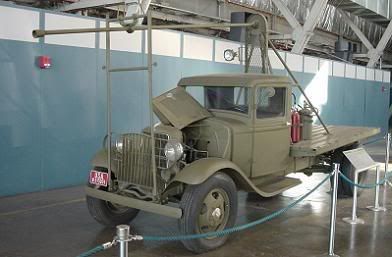
Larger image
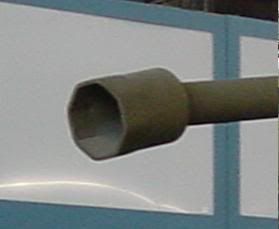
1542.A wind tunnel designed by Orville Wright in 1916 and installed in his laboratory at 15 N. Broadway in Dayton, Ohio. He used this tunnel to conduct various aerodynamic experiments during the World War I period. In July 1918, Orville wrote to a friend: "I have lately put up a small tunnel in my laboratory in which we have a wind velocity of over 160 miles an hour."
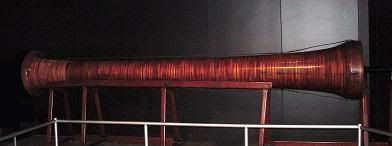
Larger image
This was also photographed at the Air Force Museum in Dayton, I highly recommend this museum to anyone who is interested in aircraft, space flight, or military history, they have some really fantastic exhibits there.
To submit photos, send them to the address in my profile.
Last week's set is seen below, click here to view the entire post.
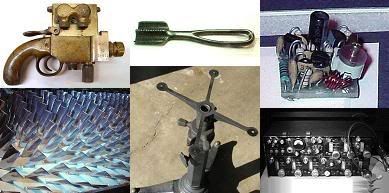
More discussion and comments on these photos can be found at the newsgroup rec.puzzles. Glenwood Gardens Park
also barely visible in the Wright-Pat photos is the X-3, the fastest looking, worst performing of the x planes.
ReplyDelete